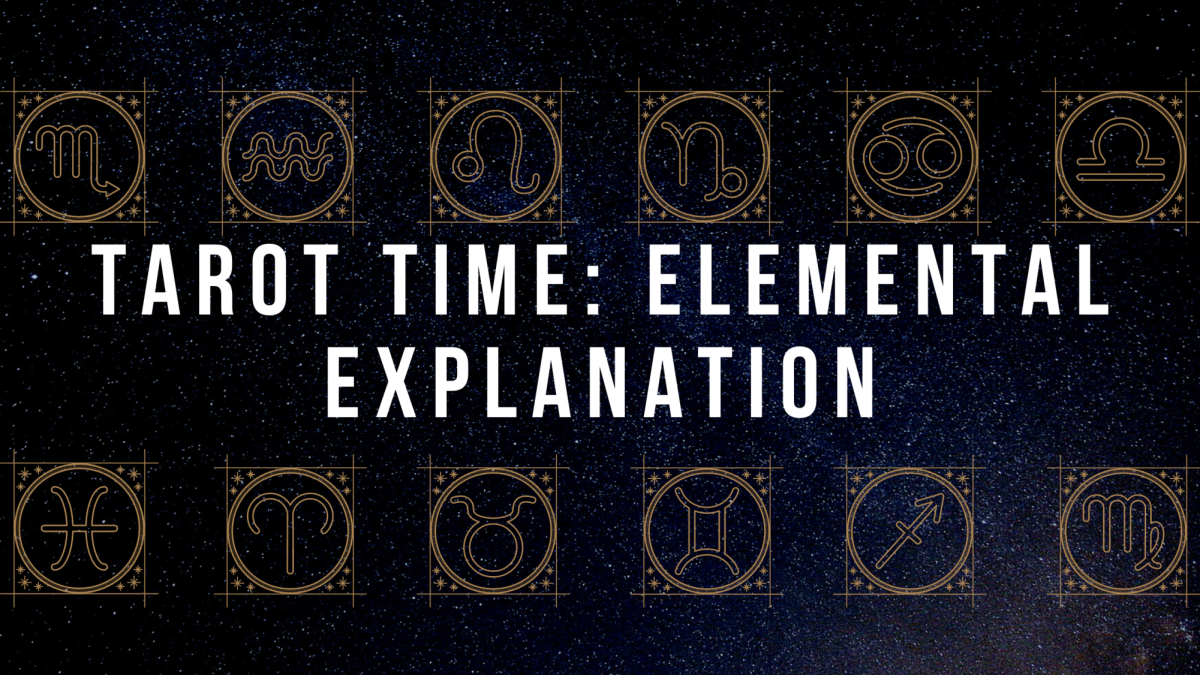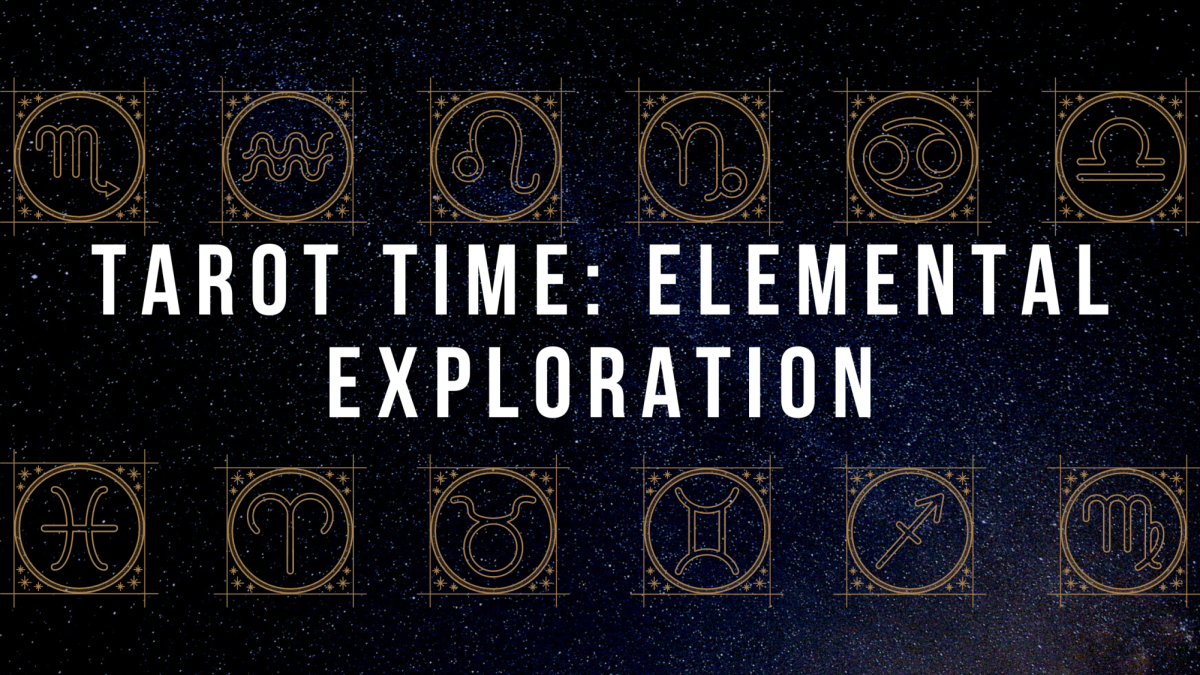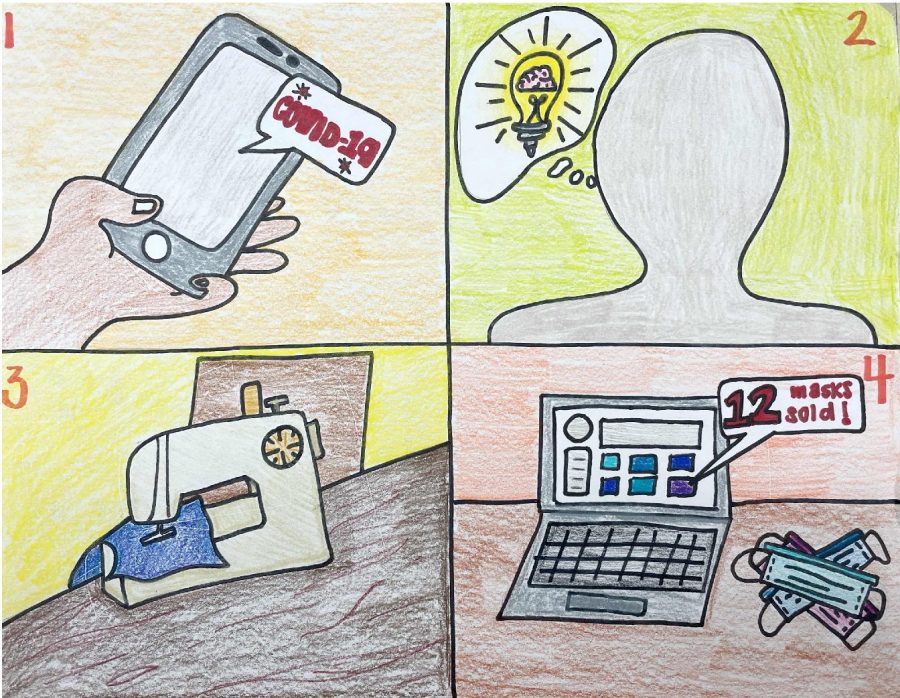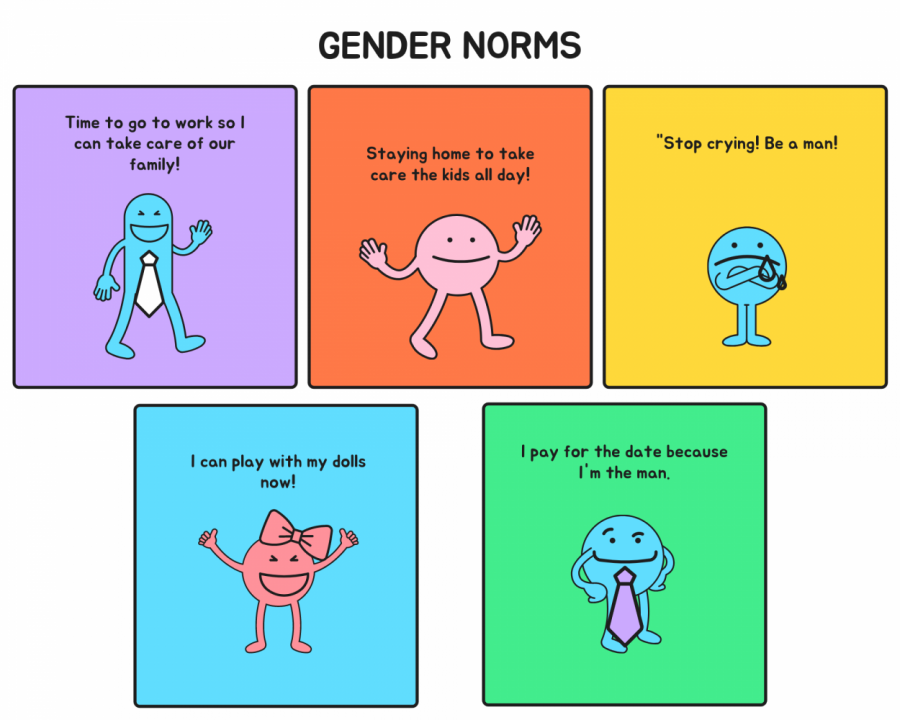Dutch scientist Mark Post introduced the world’s first hamburger made in a laboratory in Maastricht, the Netherlands, in August. The test tube experiment, made from cultured beef, was served in London to donors who had funded its creation.
The hamburger, which is slightly paler than the usual hamburger patty, was made from muscle cells harvested from a cow, placed in a dish with a nutritious mixture of sugars, fats, amino acids, and minerals and later combined with salt, bread crumbs and egg powder. Scientists used red beet juice and saffron to give the grayish-looking meat color.
One tester expected the meat to be softer and commented that the lack of fat was noticeable, especially in the middle of the patty which gives the burger its juiciness, but if she closed her eyes, it seemed to be a regular patty. Another tester described the meat as an animal protein cake.
“People want food that tastes good, regardless of fat consumption. This scenario reminds me of something I read in the news just the other day,”said senior Christine Nguyen. “Students and parents were complaining about Michelle Obama’s healthy school lunch campaign because ‘the food tasted like vomit.’They don’t care about how healthy the lunch is; they just want delicious food.”
Post, a professor at Maastricht University, believes the creation of his in-vitro five-ounce hamburger has the potential to end the imminent food crisis and please the global demand for meat with no destruction of the environment or the killing of animals.
“I would think that that is a great advancement in science and the food industry; however, I would not promote the creation of hamburger beef from stem cells of a donor cow because while I think it is sad that animals die, I believe in the circle of life and eating as natural as possible,”said senior Caitlin McCarthy.





























